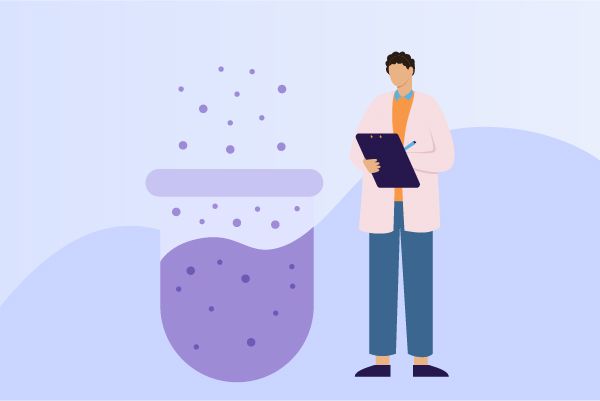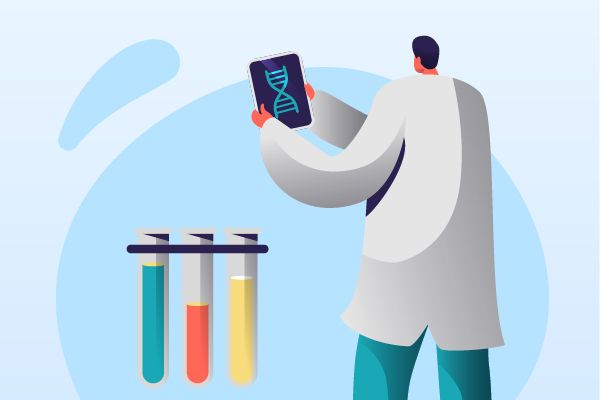Japan's IP Court Awards Record $150M in Landmark Pharma Patent Case: Toray vs. Generics
Japan’s intellectual property community recently witnessed a landmark court ruling. On May 27, 2025, the Intellectual Property High Court of Japan issued a judgment in the patent infringement case involving Toray Industries' antipruritic drug Remitch® (Nalfurafine). The court ordered Sawai Group and Fuso Pharmaceutical to pay damages of ¥14.29 billion (~$100 million) and ¥7.47 billion (~$50 million) respectively. The combined total of approximately $150 million marks the highest damages ever awarded in a patent infringement case in Japanese legal history.
Case Background: The Tug-of-War over Patent Term Extension
The central dispute revolved around Toray's use patent (Patent No. 3531170) for the active ingredient Nalfurafine. Based on the marketing authorization of Remitch® containing Nalfurafine hydrochloride (a salt form), the patent received a five-year Patent Term Extension (PTE), extending its validity until November 21, 2022.
In 2018, Sawai and Fuso launched orally disintegrating (OD) tablets of Nalfurafine hydrochloride as generic versions. Toray subsequently filed lawsuits, alleging that its extended patent rights had been infringed.
However, the legal battle took multiple twists:
·In March 2021, the Tokyo District Court rejected Toray’s claims, holding that the generics contained Nalfurafine hydrochloride (salt form), which differed from Nalfurafine (interpreted narrowly as the free base) in the original patent.
·Meanwhile, Sawai filed an invalidity challenge against the patent term extension with the Japan Patent Office (JPO), which was initially upheld.
·In a dramatic turn, just five days before the Tokyo ruling, on March 25, 2021, the Intellectual Property High Court overturned the JPO’s decision, recognizing no substantial difference in efficacy between the salt and free forms of Nalfurafine.
The 2025 Infringement Judgment by the IP High Court
In its May 2025 decision, the IP High Court reversed the Tokyo District Court’s ruling and concluded that Sawai’s and Fuso’s generic products did infringe Toray’s extended patent rights. Although the full text of the judgment has yet to be released (as of June 3, 2025), it is expected that the court once again adopted a broader interpretation of “Nalfurafine” to include its hydrochloride salt form.
The heart of the controversy lies in the interpretation of Article 68-2 of Japan’s Patent Act, which limits the scope of patent term extensions to products (and specified uses) that are identical to those approved in the original marketing authorization that served as the basis for the extension.
In 2017, the IP High Court’s Grand Panel issued its first major interpretation of this clause (Case No. 2016 (Ne) 10046, decided on January 20, 2017), ruling that even if the accused product differs in “ingredient, quantity, dosage and administration, or indication” from the approved product, the PTE will still apply if the differences are minor or formal and the products are essentially the same. However, the precise definition of “essentially the same” remains legally ambiguous.
Sawai and Fuso argued that their generics, due to differences in excipients, were not "essentially the same" as Remitch®. They likely asserted that the unique use of excipient combinations, some of which may be patented, placed their products outside the scope of the extended patent. The IP High Court appears to have rejected this line of reasoning, holding that the generics were still essentially the same as Remitch®, despite differences in excipients.
Industry Impact: A New Phase in the Originator–Generic Dynamic
1. Implications for Originator Companies:
·Strengthens the protection power of the patent term extension system
·Establishes a more rights-holder-friendly standard for infringement determination
·Raises the cost of infringement for generic manufacturers
2. Warnings for Generic Companies:
·Minor changes in formulation or excipients may not suffice to bypass patent protection
·Necessitates more cautious market entry strategies under active PTEs
·May trigger increased licensing negotiations
3. Key Issues to Watch:
·How the judgment defines “essentially the same” in technical and legal terms
·Whether excipient differences will be given more weight in future rulings
·Potential implications for other ongoing PTE-related litigations
Global Implications
This unprecedented compensation award sends a strong signal and reflects several broader trends:
·Reevaluation of pharmaceutical patent value: As the biopharmaceutical industry evolves, the judiciary is providing stronger protections for high-value patents.
·Need for international alignment: The ruling resonates with similar trends in the U.S. and EU, where courts are increasingly awarding larger damages in IP cases.
·Innovation-driven enforcement: The judgment underscores a judicial commitment to incentivizing R&D through robust patent enforcement.
The $150 million damages now serve as a Damocles' sword hanging over generic drug makers in Japan. But where exactly this sword will fall depends on the full reasoning in this and future rulings.
As the industry awaits the full text of the judgment, close attention will be paid to the court’s legal interpretation of technical distinctions, which may reshape the future patent landscape for pharmaceuticals in Japan and potentially influence global IP strategies.
Discover Eureka LS: AI Agents Built for Biopharma Efficiency
Stop wasting time on biopharma busywork. Meet Eureka LS - your AI agent squad for drug discovery.
▶ See how 50+ research teams saved 300+ hours/month
From reducing screening time to simplifying Markush drafting, our AI Agents are ready to deliver immediate value. Explore Eureka LS today and unlock powerful capabilities that help you innovate with confidence.




